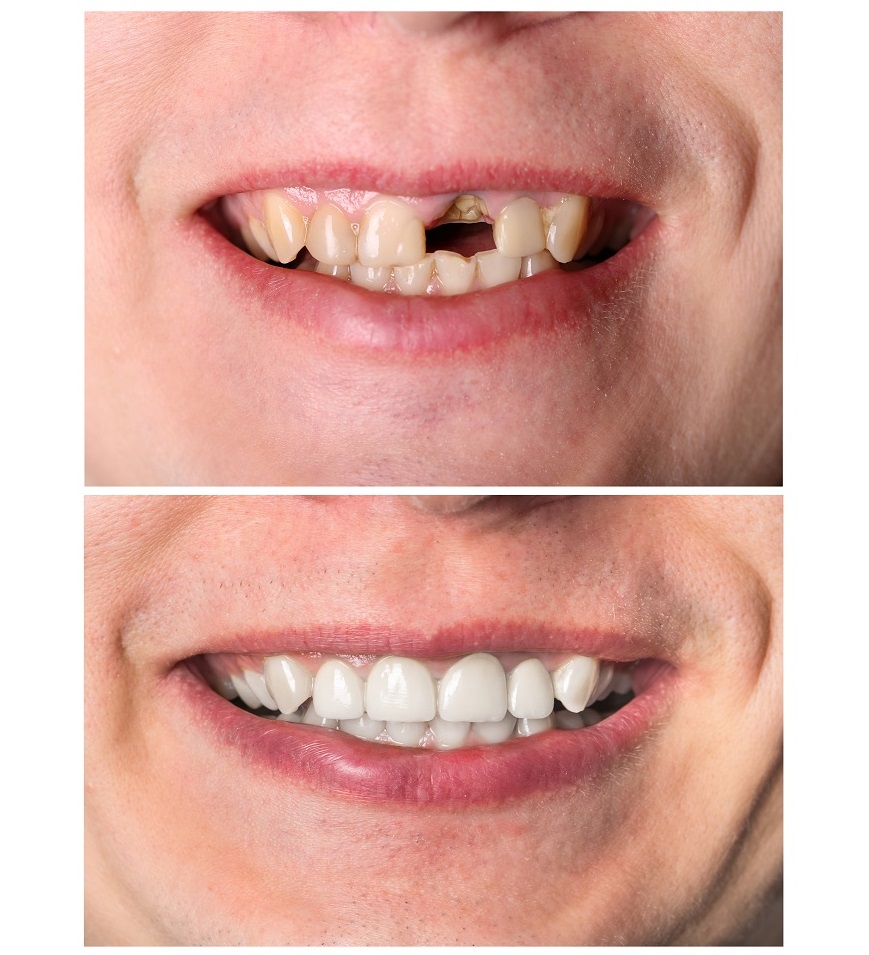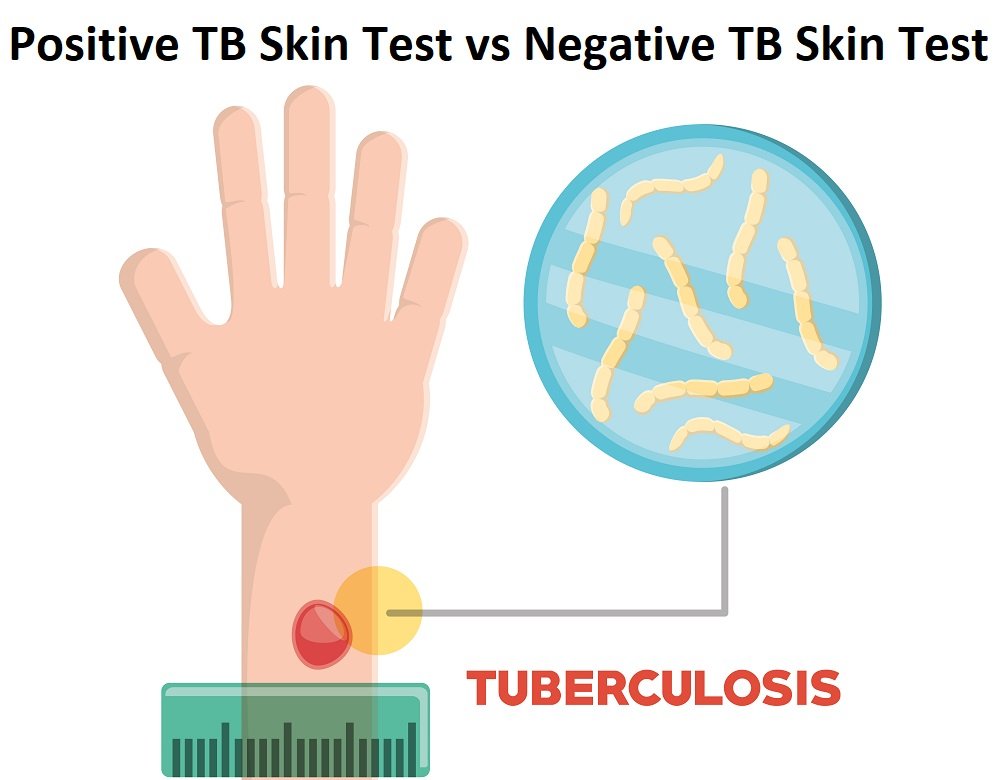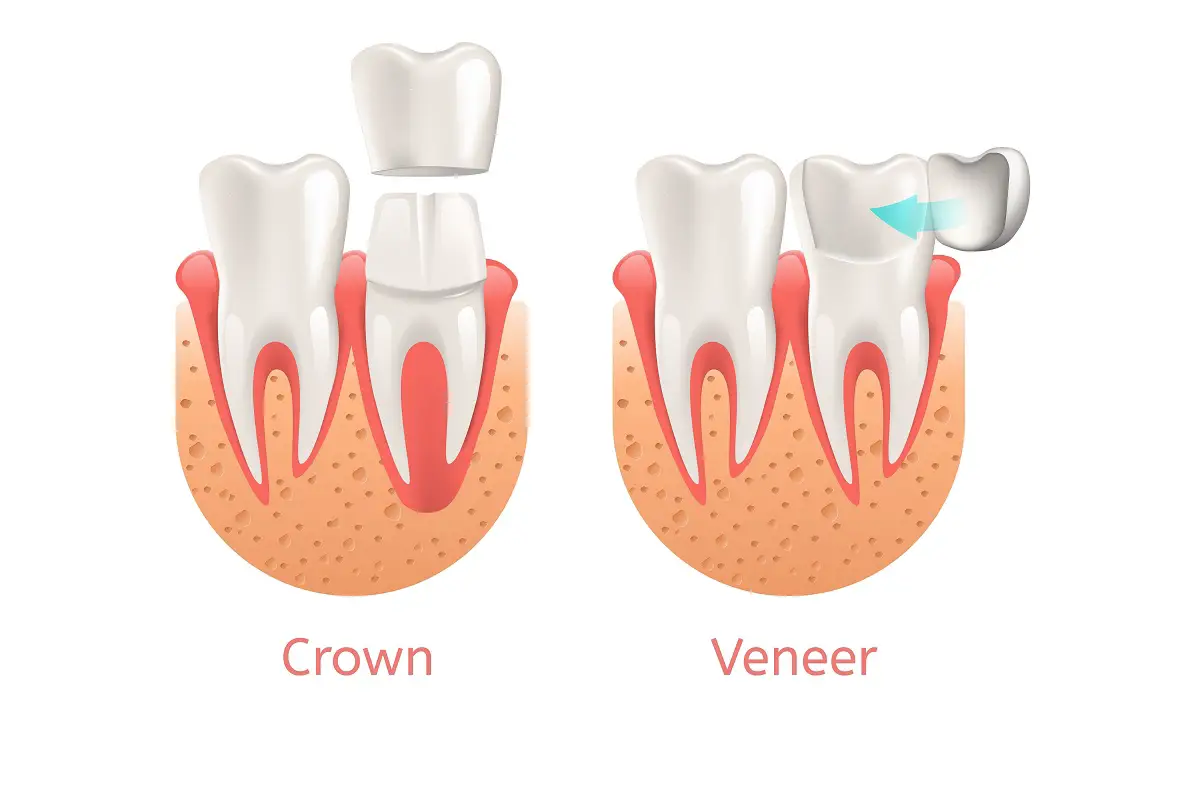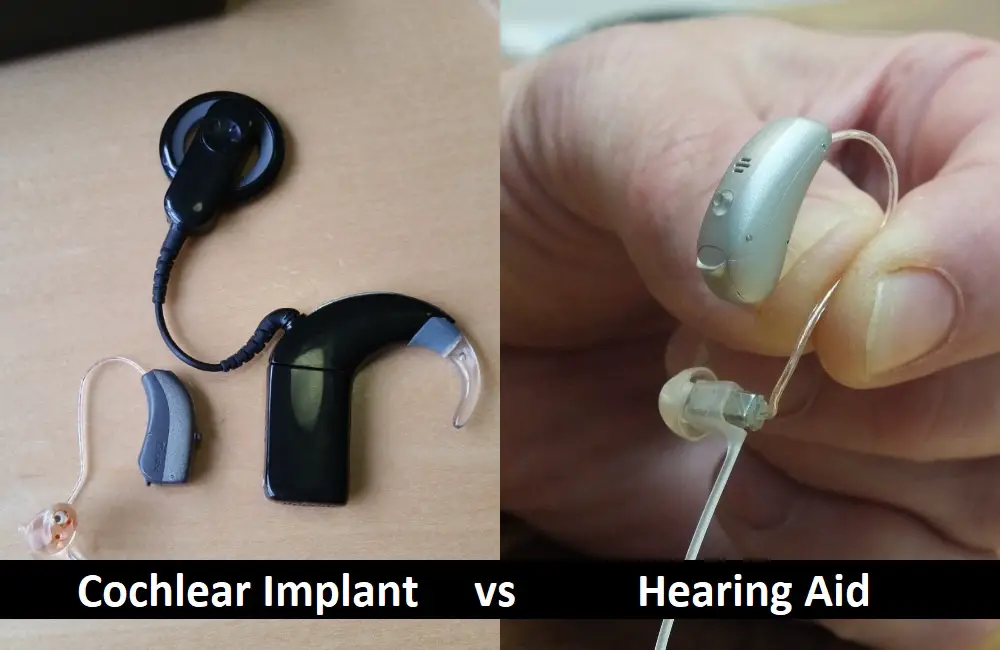Difference Between Veneers and Lumineers
Amidst all the dental cosmetic treatments, veneers and Lumineers are the two most popular (and expensive!) options. They can make you smile your best and flaunt those pearly whites for the first time.
Let’s face it, decayed and deeply stained teeth are no fun. You are constantly thinking things like ‘Am I looking pretty?’ Or ‘Are they talking about my crooked tooth?’ It sure takes the edge off your self-confidence.
Knowing the difference between veneers and lumineers is the first step of proceeding with a treatment plan.
Looking at the costs, we can only advise you to save up for a four-digit number. But before that, let’s clear the air between veneers and Lumineers once and for all!
Veneers: A Permanent Cosmetic Treatment for Decayed and Chipped Tooth

If you can’t wait to make your teeth all white, bright, and glossy, consider booking a dentist’s appointment and inquiring about veneers.
Veneers are permanent solutions to yellowish-brown, misaligned teeth. You can count on veneers to have sparkling white teeth that last up to a decade.
But the process is a long one, and it often takes multiple consultations before a dentist can even begin the treatment. Without further ado, let’s break down veneers in easy terms!
Difference Between Dental Crown and Dental Veneer
Application Process
The application of veneers is a multi-step dental procedure, one that doesn’t require any serious orthodontic care compared to braces, Invisalign, tooth whitening systems, and so on. First, your dentist will grind the outer edges of your tooth.
Ensuring that the tooth is in a good shape to receive porcelain coatings can improve the veneer’s longevity.
Depending on your oral conditions, the consultation periods will vary. Your dentist will take a mold of the prepped tooth, and install acrylic veneers to the tooth for the time being.
He will send the mold to a dental laboratory where customized porcelain veneers are made. And finally, he will use a special orthodontic solution and cement the veneer to your tooth’s enamel. The whole process takes no less than four weeks on average.
The Pros
Porcelain veneers rectify and enhance the ideal appearance of teeth. They can help you achieve confidence with the now symmetrical smile. Since veneers are not porous like tooth enamel, these cosmetic coatings are resistant to day-to-day staining.
Their translucence is very similar to that of natural teeth. So, it’s quite difficult to set veneers apart from natural, spot-free teeth.
Veneers are a long-term cosmetic solution compared to cheap resin bonding. You can always opt for Invisalign or dental crowns, but they feel invasive to some people.
The Cons
When it comes to choosing porcelain veneers for your oral health, there are no shortcuts. You not only have to go through tedious consultations but also give up your enamel for good.
And that’s not all; the dentist needs to grind and thin out your tooth first. So, if you damage the veneers in a later period, taking them off can put your tooth at risk. You will have to take care of that before getting a new dental treatment.
Lumineers: A Semi-Permanent Dental Treatment That Keeps Your Enamel Strong

Teeth whitening strips and home remedies work up to a certain point. But when you have cracked, uneven teeth with spacing issues, Lumineers is the second most expensive option for you to try.
Lumineers rectify a chipped tooth without messing with your tooth’s enamel. This way, your oral health remains top-notch. Needless to say, an entry-level Lumineers can help you save up to two hundred bucks per tooth!
Better Translucence
Although veneers take a firmer approach to repairing a chipped tooth, Lumineers add an extra shine for never-ending freshness.
Veneers conceal all imperfections with their opaque formula. But Lumineers have a medium coverage with a high shine factor.
Made of super thin laminate, Lumineers feel weightless and more natural-looking on teeth.
Unless you have severe tooth discolorations, Lumineers can handle ill-proportioned teeth with the same success as veneers.
Plaque Vs. Tartar: 3 Key Differences
Short Prep Time
Lumineers are thinner versions of veneers. They are made of fine laminate and look way glossier than veneers. Besides, the fact that you don’t need to have your misshapen yet precious tooth ground down is another reason to choose Lumineers. Did we mention Lumineers cost only $800 a tooth?
Moving on, Lumineers are made in a DenMat laboratory. You still need a couple of appointments, though. In the first session, your dentist will take an impression (mold) of your teeth. You’ll get your customized Lumineers in no more than four weeks.
The installation will be completely done in the second session. In the meantime, you’re not required to wear temporary veneers.
Easy Removal
Removing Lumineers is fast and easy. It’s only logical that Lumineers lose their shine over a few years. Besides, a new dental cosmetic might come up and seem to be the better option.
Taking Lumineers off before they naturally wear down is a safe procedure. Your enamels remain intact through the whole process, and it is absolutely pain-free!
Key Takeaways
It doesn’t matter how it happened, a chipped or broken tooth can rain on your parade like nothing else.
Luckily enough, veneers and Lumineers are here to save the day! Check the top 5 features of veneers and Lumineers below, and choose reasonably.
What Do Veneers and Lumineers Cover?
Veneers treat and conceal critically deformed teeth with tough stains. This type of teeth requires grinding and thinning to accept veneers. Lumineers are for teeth that are in slightly better condition with fewer stains.
How Long Does a Dental Cosmetic Treatment Last?
Lasting between 10 to 20 years, Lumineers are the more durable dental solution for fixing a chipped tooth. With an expected lifespan of a decade, veneers don’t fall too far behind.
What Is the Average Cost of Veneers and Lumineers?
Other than the regular cost of dentist’s visits, veneers alone can cost you anywhere between $950 to $2500. You might receive discounts if you get more than one tooth done. Lumineers cost around $800 to $2000 per tooth.
What Happens When I Damage My Veneers?
Good quality and fitted veneers can go a decade without any damage. But if the adhesive bonding is coming off, or the veneer is cracked, your doctor can remove it. Although, the process is not as reversible and easy as it is with Lumineers.
Which Treatment Should I Take for Yellow Stained & Chipped Teeth?
Stained and chipped teeth benefit the most from veneers. Even though Lumineers are more translucent, they do a pretty good job at repairing a misshapen tooth too.
Recommended for You:
Veneers Vs. Lumineers: The Comparison Table
| Benefit | Longevity | Cost | Special Features | |
| Veneers | Ensures symmetrical smile and corrects gapped or chipped teeth | 8 to 10 years or more | $950 to $2500 | Conceals discoloration and decay of the tooth |
| Long-lasting results with an opaque formula | ||||
| Lumineers | A safe, semi-permanent treatment for correcting misaligned and discolored teeth | 10 to 20 years | $800 to $2000 | Affordable dental treatment for mild discoloration |
| Can be applied without trimming or grinding your tooth |
Bottom Line
At this point, it’s clear that cost, the application process, materials, decay coverage, and durability make the basic difference between veneers and Lumineers.
While both of these options have long-lasting whitening effects, we are siding with Lumineers for their premium enamel protection and glossy look.
The fact that you can take off Lumineers without a scratch also helped make up our minds. Veneers are best suited for the more serious cases of cracked teeth, and they sure are worth the money!






